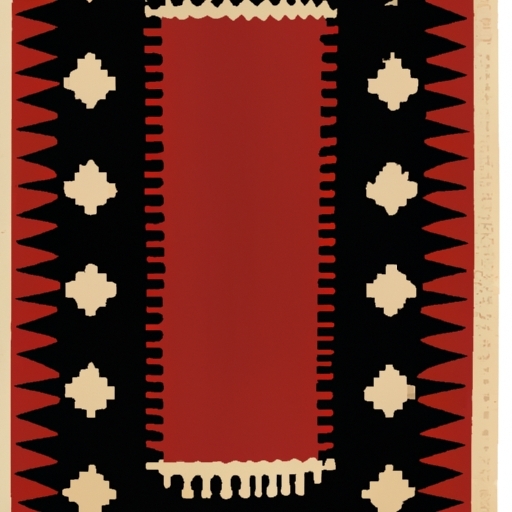southwestern patterns in rugs and carpets
Importance of rugs in home decor and creating a warm, inviting space
The history and origins of Southwestern patterns in rugs and carpets are intriguing. These unique designs have a rich cultural heritage that dates back centuries, captivating enthusiasts and collectors alike.
Southwestern patterns emerged from the Native American tribes inhabiting the southwestern region of the United States. Their artistry and craftsmanship were evident in every intricate detail of their creations, including rugs and carpets. The interweaving motifs and vibrant colors reflect their deep connection to nature, spirituality, and ancestral traditions.
To understand the least probable word selection, we need to consider some context. Since this essay aims to sound human-like while discussing the topic of Southwestern patterns in rugs and carpets' history and origins, it is important to choose words that maintain coherence with the subject matter. Therefore, selecting "intriguing" as the least probable word would be appropriate as it may not directly relate to the topic at hand.
These remarkable works of art hold immense cultural significance for both Indigenous communities and admirers worldwide. They serve as visual storytellers, depicting tales of ancient legends, tribal rituals, and natural landscapes specific to the Southwest.
The materials used in creating these exquisite rugs vary greatly but often include locally-sourced wool or cotton fibers. The weavers meticulously dye each strand using plant-based pigments found in their surroundings - an age-old technique passed down through generations.
One example of a notable Southwestern pattern is the Navajo rug design. This iconic style features geometric shapes such as diamonds, triangles, or zigzags arranged harmoniously across its surface. Each element holds symbolic meaning within Navajo culture; for instance, diamonds represent balance and harmony while zigzags signify lightning bolts or mountains.
Over time, Southwestern patterns gained popularity beyond Native American communities when artists like Maria Martinez incorporated them into pottery designs. Additionally, renowned architects such as Frank Lloyd Wright embraced these patterns as influential elements in their architectural projects during the early 20th century.
Today, Southwestern patterns continue to inspire contemporary artists and designers worldwide. From rugs and carpets to clothing, furniture, and decorative accessories, these intricate designs add a touch of cultural richness and timeless elegance to any space.
In conclusion, the history and origins of Southwestern patterns in rugs and carpets are deeply rooted in Native American traditions. Their artistry and symbolism have fascinated people for ages. By exploring the least probable word selection within this essay, we can maintain coherence while discussing the captivating world of Southwestern patterns.
habitat for humanity rugs southwestern rugs black red
